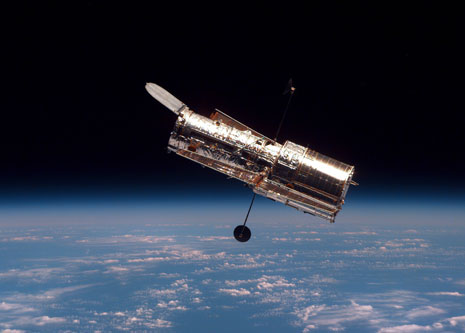A special astronomy exhibit of Understanding Evolution
Biology and paleontology provide an increasingly detailed picture of the evolution of life. Natural selection has resulted in a huge range of organisms living in a multitude of environments, and the geological record shows us how the Earth as a whole has changed over time. To understand the stage on which the evolution of life plays out, however, we must turn to astronomy.

Astronomical events, particularly asteroid impacts, have at times dramatically affected the course of evolution. Samples from space have been analyzed in laboratories on Earth, showing us what the early Earth was like and where the materials for life originated. Astronomers have also detected planets orbiting other stars beyond our Solar System. Are some of them suitable for life? Are we alone in the Universe? These questions currently remain unanswered. However, the study of our Solar System’s formation, as well as the search for other habitable worlds – have profound implications for our understanding of life on Earth and of our place in the Universe.
Explore the following sections:
- Formation of Our Solar System
What do we know about the early history of Planet Earth, and the Solar System in which it formed? - Ingredients for Life
Where did the basic building blocks for life come from? - Habitability
What conditions are required for life to arise?
A Place for Life conceptual framework
The material presented in our special exhibit, A Place for Life includes learning objectives that connect to topics in the United States Next Generation Science Standards, in particular middle school and high school earth and space science (MS-ESS and HS-ESS).
The learning objectives for each section are linked below:
